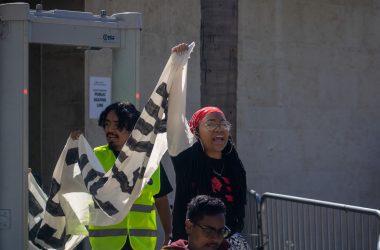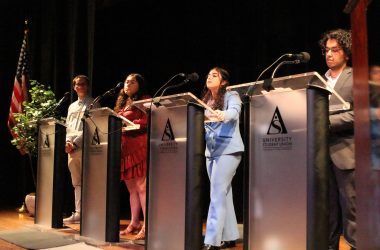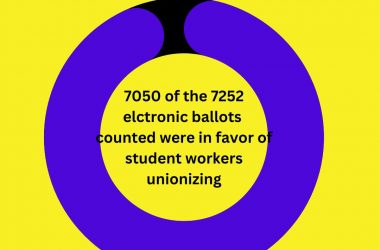Concerns regarding patent and copy write laws in the classroom will be addressed during Thursday’s California State University Senate meeting.
The ongoing conversation in the senate regarding intellectual property focuses on digital course materials for online classes.
Tracey Mayfield, the associate dean at the university library, said that she has done extensive research for CSULB concerning intellectual property and has developed a website to aid faculty in understanding it within universities. The website development is partially in response to a lack of faculty awareness on copyright regulation.
“Faculty tell [students] not to plagiarize, yet they’re telling [library staff] how they illegally downloaded… software to show [copyrighted course materials],” Mayfield said. “We have to be setting the best example.”
Mayfield said that intellectual property became an issue in the CSU system in the early ‘90s after a huge lawsuit against Kinkos for illegally creating course materials for classes without the approval of its publishers. The lawsuit began a chain reaction throughout the CSU system as well as universities across the nation.
The Chancellor’s office issued Executive Order 644 in 1995, prompting university presidents to implement an intellectual property policy for their campuses rather than creating one policy for the entire CSU system.
Traditionally, academic publishers like Pearson develop teams of hired faculty members, in addition to the programmers and designers to create digital course material, according to a letter from the office of the Provost at CSULB.
“The most important thing about intellectual property is that credit is given where credit is due,” said Margaret Karteron, a faculty member in Natural Sciences and Mathematics department at CSULB. “Too many times, people have not been recognized for what they contributed and that’s an egregious fault.”
The faculty members participating in the development of these programs have to sign over their intellectual property rights while the publisher sells the course material to students at the highest bidder. Equally important, coursework provided to universities by these publishers is created to appeal to a nationwide audience.
David Dowell, the interim Provost & Senior Vice President of CSULB, said that CSULB intends to eliminate the middleman and create its own content, which would cater to the coursework CSULB provides.
“In the digital world, once you put it online you published it,” Dowell said. “So the need for third party publisher has changed.”
For CSULB, obtaining intellectual property rights to its own material is more about investing in the learning outcomes from these programs, according to the Provost letter from Dowell.
“[As a campus], this is not a big revenue maker for us,” Mayfield said.
The discussion of drafting an intellectual property policy at CSULB will allow the school to provide its own coursework, potentially at a more affordable price for students. But the issue creates a huge grey area because of its complexity and legal ramifications it poses against violators.
“All this is unsettled, so it’s not clear yet and it’ll take years before it sorts itself out,” Dowell said.



